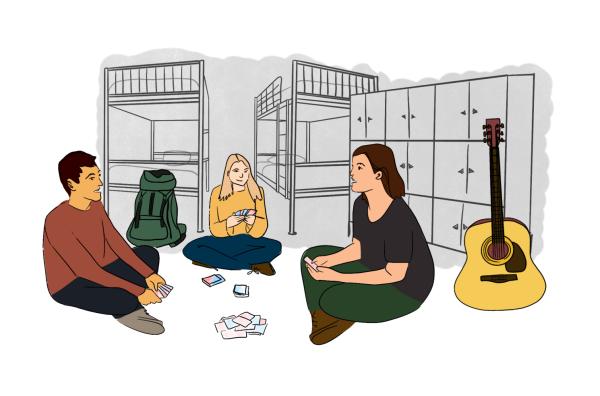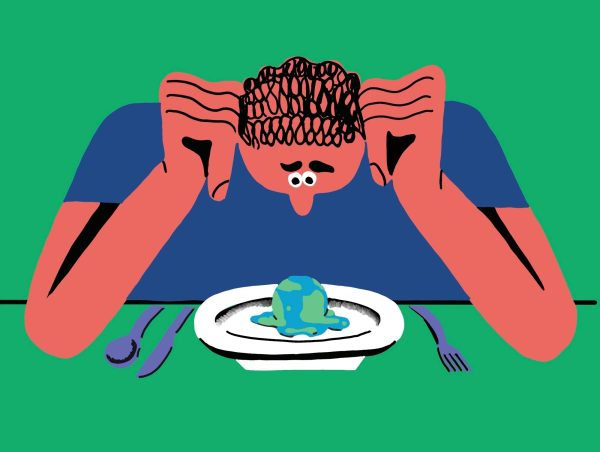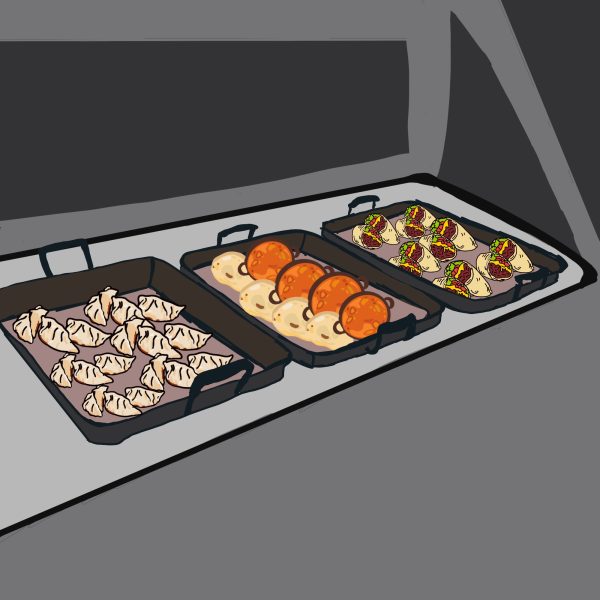Sustainability Column: The Truth About Ocean Plastic Pollution
New York State recently passed a state-wide ban on most kinds of single use plastic bags, a huge step toward a more sustainable and environmentally friendly lifestyle. Single use plastic bags are often cited when discussing the large amount of plastics that end up in oceans. Because of the chemical nature of plastic, these bags can take years to break down into small particles, ones that will never biodegrade. This has caused plastics to end up in nearly every ecosystem on the planet, including in our own food and drinking water.
The amount of plastic that enters the oceans each year is astronomical. Experts estimate that roughly eight million tons of plastic find their way into oceans each year; moreover, that number could actually range anywhere from 4.8 to 12.7 million tons. While these numbers are relatively comprehensive, it is possible that the total number of plastics in the ocean is even greater.
Oceanic plastics are often carried to rivers through runoff, which then carry those plastics to the ocean. In fact, almost a quarter of all plastics that end up in the oceans are carried there by 10 rivers. However, plastics can be introduced directly into the ocean as well, as some wastes are often dumped straight into the oceans by cargo ships and other overseas travel that introduce even more plastic. Natural disasters, such as tsunamis or hurricanes, can also move plastics into the oceans.
Ocean currents can also move plastic all over the world. Some of the most remote islands throughout the oceans can have a high density of plastics on their shorelines, simply because it continually washes onto shore there. Plastics can even be found in the deepest parts of the oceans, as sunken plastics have been found at the bottom of the Mariana Trench and animals that call this ecosystem home have often been found with plastic in their stomachs. This amount of plastic has a detrimental effect on the animals in the ocean and the ecosystem as a whole.
All kinds of animals attempt to digest plastics. From birds to whales to sea turtles, animals often mistake plastic for food or accidentally ingest the plastics when filter feeding for other foods. Shockingly, over half of the sea turtles in the world have ingested some kind of plastic, whether that be small pieces or larger plastic bags that they often mistake for jellyfish. Animals that are able to avoid consuming plastics can still be harmed by the chemicals that they contain, or through consuming other animals that have consumed plastics. Not only that, but plastic items like fishing nets can entangle and drown unsuspecting animals. They can also cause harmful cuts and wounds that cause the animal to become susceptible to diseases throughout their lifetimes. It is clear that the impacts that plastics have on our marine wildlife are extensive and extremely detrimental.
The negative implications of plastic in the environment is undeniable. We, as the humans responsible for creating these massive amounts of waste, have a responsibility to the sea creatures and ecosystems we are hurting to change our behavior. There are many ways we can reduce the number of plastics in marine ecosystems and food networks, and the easiest way is to simply reduce our use of plastics. Instead of using plastic water bottles and plastic shopping bags, opt for a reusable water bottle and reusable shopping bags. Even small changes go a long way in keeping plastics out of our oceans and helping wildlife populations stay healthy.
Contact Ethan Reiser at [email protected].













